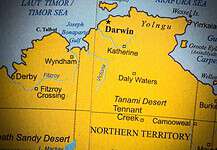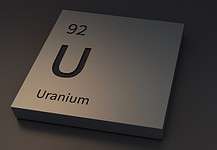
The Perth-based miner announced the project development approval last month, concluding the processes required in order for it to commence construction of infrastructure at Lucky Bay port on the Spencer Gulf coast.
The new port will export iron ore from Wilcherry Hill, a joint venture project between IronClad and Trafford Resources. The port will provide a multi-user shipping avenue for South Australian exporters and will include iron ore storage facilities.
The port will also have the potential for expansion to accommodate ore from IronClad’s larger Hercules project, about 15km east of Wilcherry Hill on the Eurilla Dam tenement, which is currently under review.
IronClad, which has a 50 year lease on the port site and the accompanying land, will initially use the Lucky Bay port to transport iron ore from the port to ships anchored offshore. The company has an agreement with Sea Transport Development SA (SEATS) for full access rights to the 50-hectare port site at Lucky Bay. IronClad managing director Wayne Richards said in a recent statement that the port facility would provide an important export point not only for IronClad, but also for other potential mining companies and exporters in the region.
“For IronClad, development approval for the port facility finalises the company’s requirements for an ‘end-to-end’ logistics supply chain for the ore produced from our Wilcherry Hill project,” Mr Richards said.
“Further, the facility will provide an economic and viable export option, in a timely manner, for the development of our projects, and will stimulate economic growth and employment opportunities within the area.”
In February, IronClad signed a four year offtake agreement with Hong Kong-based New Page Investment for up to 50 per cent of its annual iron ore production from Wilcherry Hill. Mr Richards said that for future transhipment upgrades, IronClad would consider the incorporation of a floating harbour facility anchored offshore or the utilisation of a floating crane.
“Both designs will significantly increase shiploading rates whilst reducing port operating charges and barge cycle times,” he said. “The construction of the first purpose-built barge for the transhipment of ore is well advanced, with the vessel scheduled to arrive in South Australia early in the third quarter of this calendar year.”
By Helena Bogle











































